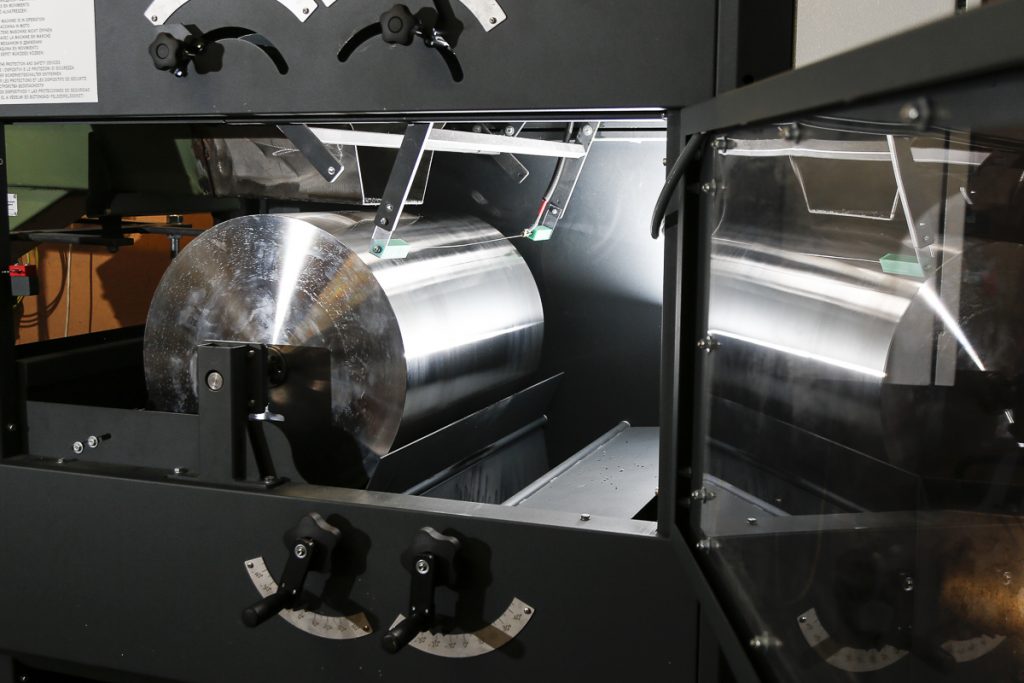Plastics
Ensuring In-House Plastic Recycling Purity
When re-processing in-house plastic rejects and waste, the purity of the final recycled plastic mix must be equal or at least very close to the original raw material. Whether the re-processed plastic is for in-house use or as regrind for resale, the removal of any metal contamination is critical. Successful removal of metal contamination from…
Read MoreInline Magnet Pros and Cons
The Inline Magnet is a versatile and popular magnetic separator used widely to capture tramp ferrous metal contamination. The non-obstructive design suits applications in many different applications including food processing and plastics. In this blog, we review the different designs and the Inline Magnet’s key advantages and disadvantages Inline Magnet Models The Inline Magnet is designed…
Read MoreMeasuring Magnetic Separator Power
A Magnetic Separator attracts, captures and holds magnetic particles. The magnetic strength needed to successfully separate such problematic ferrous metal contamination is commonly stated in a magnetic separator supplier’s quotation or specified in the tender. This ‘Magnetic Strength’ is usually referenced in terms of ‘Gauss’, a unit of measurement. However, as it is difficult to accurately measure…
Read MoreMetal Detectors Detecting More Than Treasure
The BBC television series Detectorists has significantly increased the public’s awareness of metal detectors, but many people remain unaware of their importance in the recycling of waste materials. Although the size and design of metal detector used in the recycling industry is different to those used by the enthusiasts on the television show, the basic…
Read More24 Drawer Filter Magnets Destined for France
24 Drawer Filter Magnets destined for France
Read MoreEddy Current versus Electrostatic Separation
Separation technology plays a major role in the recycling of waste materials. Metals are recovered using one or a combination of metal separators including Magnetic Separators, Eddy Current Separators and ElectroStatic Separators. Eddy Current Separators and ElectroStatic Separators play an important role in maximising metal recovery and revenue from complex streams presently processed by metal…
Read MoreEcoVyn Reduce Plastic Waste by 94% with Bunting
EcoVyn Ltd has installed two Bunting Drawer Filter Magnets to remove ferrous metal contamination from plastic waste. Since the installation of the magnetic separators, EcoVyn has reduced their waste by 94%. EcoVyn Ltd is at the forefront of PVC compounding and brings pioneering new technology to the market place. They offer one of the most advanced and innovative…
Read More3 Metal Parts Contaminating Plastic Waste
Recycling plastic waste is challenging at the best of times. However, when contaminated with ferrous metals, recycling is hindered by equipment damage, production downtime and poor end product quality. Thankfully, installing the optimum magnetic separator ensures that such ferrous metal contamination is removed. In this article we look at three examples of ferrous metal contamination…
Read MoreNew ElectroStatic Separator
The launch of the new Bunting ElectroStatic Separator is in response to enhanced material separation requirements in the recycling, plastics and minerals industries. The ElectroStatic Separator uses tungsten electrode wire to generate electrostatic charges to separate dry liberated particles. The new technology significantly broadens separation capabilities, opening up new opportunities for recovering materials from waste…
Read More6 Inline Magnets for Plastics Producer
Six (6) Inline Magnetic Separators (PIMS) are due to be installed in a UK plastic production facility. The project originated from a discussion at the Interplas exhibition in 2017. The Inline Magnetic Separator offers great versatility with ease of installation and maintenance. Inside the tube-like body is a strong Plate Magnet. This ensures that there is no restriction to…
Read More








